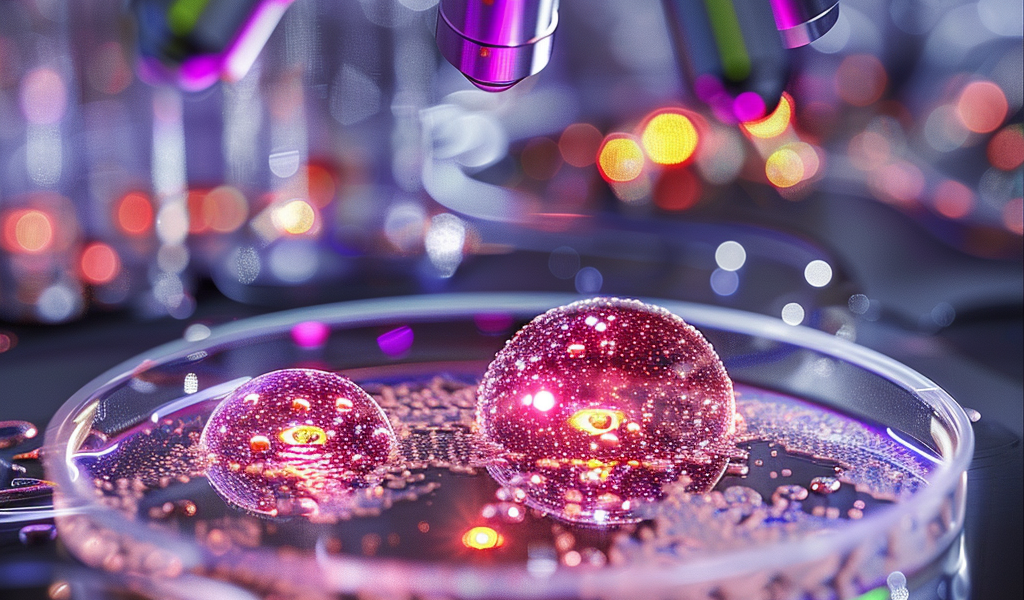In a groundbreaking exploration of cellular biology, scientists are delving into a phenomenon referred to as the “third state” of cells, which reveals that the cells of deceased organisms can exhibit new functionalities even after death. This intriguing research is shedding light on how life can transform and adapt beyond the conventional understanding of biological processes.
Peter Nobel, a biologist from the University of Washington, along with bioinformatics researcher Alex Pozhitkov from the City of Hope Cancer Center in California, have published their findings in a detailed article featured in The Conversation. Their review, which appeared in the journal Physiology, highlights the existence of cells known as xenobots and anthrobots, which can persist and adapt beyond the life of their original hosts.
Their research emphasizes the inherent plasticity of cellular systems, challenging the traditional notion that cells and organisms can only evolve in predetermined ways. “The third state suggests that organismal death may play a significant role in how life transforms over time,” Nobel and Pozhitkov noted in their findings.
A pivotal study conducted at Tufts University has provided substantial evidence for this phenomenon. Researchers extracted skin cells from dead frog embryos and observed these cells reorganizing into a new multicellular entity known as “xenobots.” Unlike conventional cells, such as tumors or organoids that continue to divide after death, these xenobots exhibited new behaviors that extended beyond their original biological functions.
Moreover, similar capabilities have been identified in human lung cells, leading to the development of anthrobots. These anthrobots are engineered to self-assemble and navigate their environments, showcasing a remarkable adaptability that challenges established biological paradigms.
Several factors determine how these cells survive post-mortem, including the duration since death, the nature of trauma experienced, and the metabolic activity of the cells prior to death. Additional common factors, such as the age and overall health of the organism, also play a significant role in this survival process.
While the precise mechanisms underlying this phenomenon remain elusive, researchers have proposed an intriguing hypothesis to explain the behavior of these cells. One such hypothesis suggests that specialized channels and pumps embedded in the outer membranes of cells function as intricate electrical circuits. These channels are believed to generate electrical signals that facilitate communication among cells, enabling them to perform specific functions, such as growth and movement.
This research opens up new avenues for understanding cellular behavior and the potential for therapeutic applications. The implications of the third state of cells could revolutionize the way scientists approach regenerative medicine and cellular therapies, as it suggests that even after death, cells retain a level of functionality that could be harnessed for medical advancements.
As the scientific community continues to investigate this captivating area of study, the concept of a third state of cells prompts a reevaluation of the boundaries between life and death. It invites questions about the resilience of cellular systems and their capacity for adaptation in unforeseen circumstances.
In summary, the exploration of the third state of cells not only challenges existing biological theories but also paves the way for innovative research that could have profound implications for medicine and our understanding of life itself. The journey into this uncharted territory of cellular biology is just beginning, and the findings thus far hold promise for a future where the boundaries of life and death may be more fluid than previously thought.





